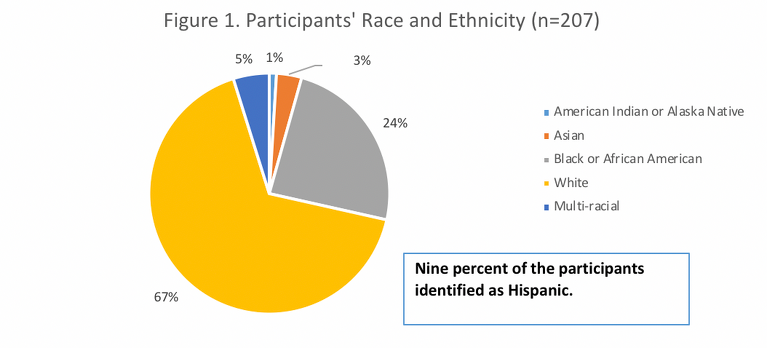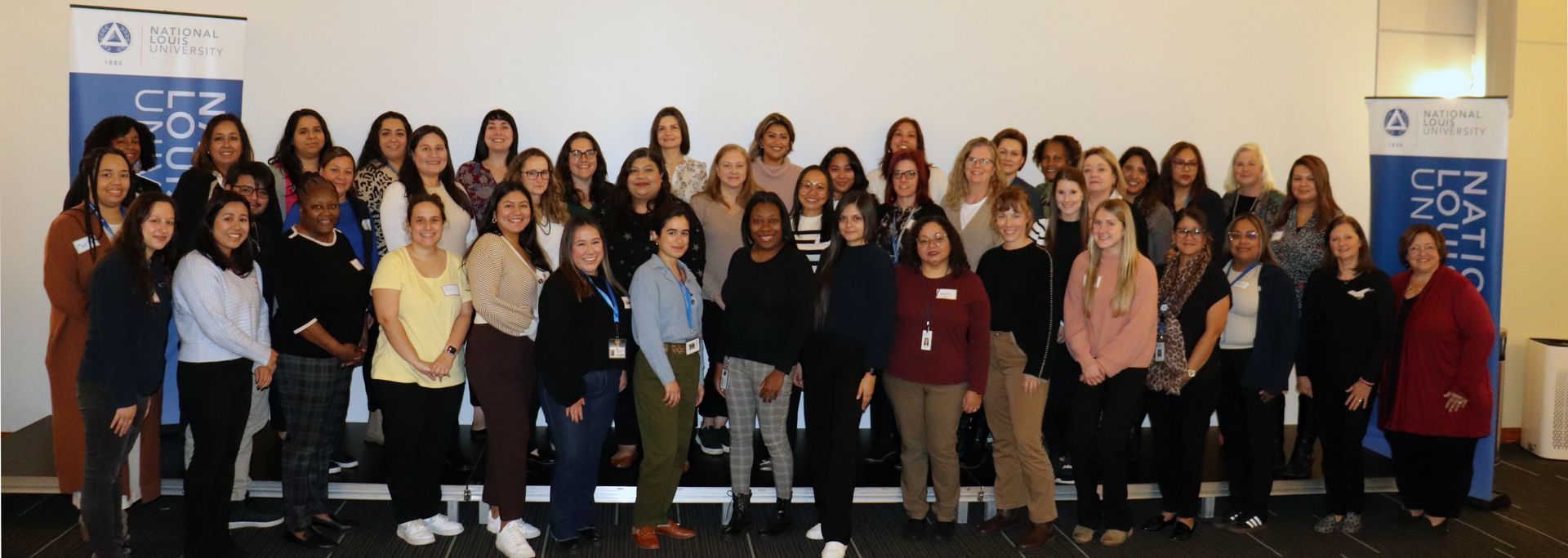These resources support administrative leadership. Administrative leadership is about setting goals, orchestrating work, and mobilizing people to sustain an early childhood organization. Effective administrative leaders establish systems for consistent implementation of program operations to meet the needs of children, families, and staff. There are at least two important aspects of administrative leadership: operational leadership and strategic leadership.
Latest Resources - Administrative Leadership
By Annett Brown
•
May 6, 2024
Reflect on 'Why Did I Believe' (06/13/23), exploring insights, lessons, and perspectives that challenge assumptions and inspire growth.
By Marissa McCloy and Cassandra Ibarra
•
April 15, 2024
This document may be printed, photocopied, and disseminated freely with attribution. All content is the property of the McCormick Center for Early Childhood Leadership.
By Irina Tenis, Ph.D.
•
April 3, 2024
Discover how artificial intelligence is transforming everyday tasks and professional workflows. Explore insights from the McCormick Center on how AI can make life and work easier.
By Jane Humphries
•
October 3, 2023
This document may be printed, photocopied, and disseminated freely with attribution. All content is the property of the McCormick Center for Early Childhood Leadership.
By Iris Corral, M.Ed.
•
June 8, 2023
Reflect on 'Why Did I Believe' (06/13/23), exploring insights, lessons, and perspectives that challenge assumptions and inspire growth.
By Teri N. Talan, Jill M. Bella, and Paula Jorde Bloom
•
September 28, 2022
Learn about the Program Administration Scale, 3rd Edition (PAS-3), a reliable tool for assessing and strengthening early childhood program leadership.
By McCormick Center
•
August 27, 2019
Explore how staffed family child care networks strengthen leadership, support providers, and advance the promise of family child care.
By Paula Steffen
•
July 15, 2019
This document may be printed, photocopied, and disseminated freely with attribution. All content is the property of the McCormick Center for Early Childhood Leadership.
By McCormick Center
•
May 21, 2019
Learn how assessing organizational conditions can drive continuous quality improvement in early childhood programs.





